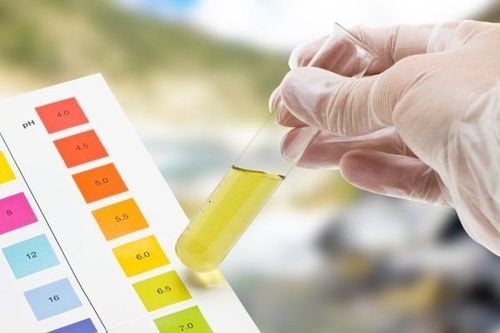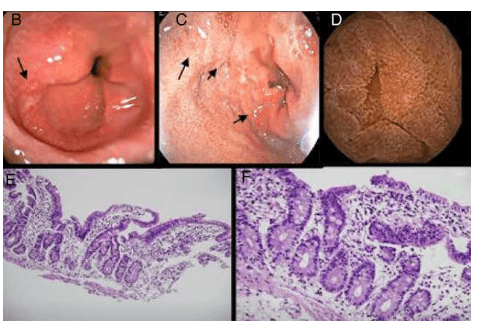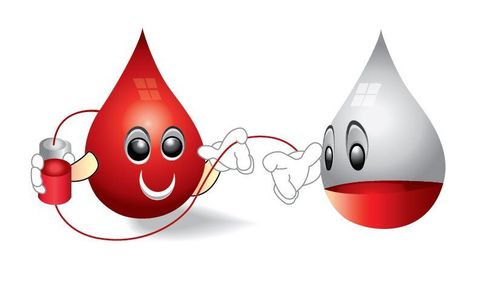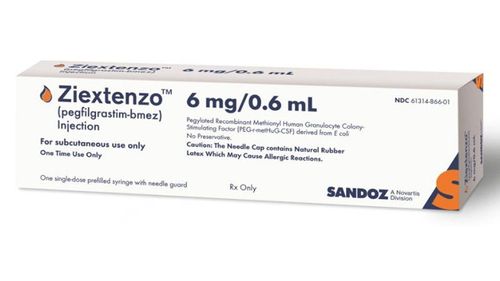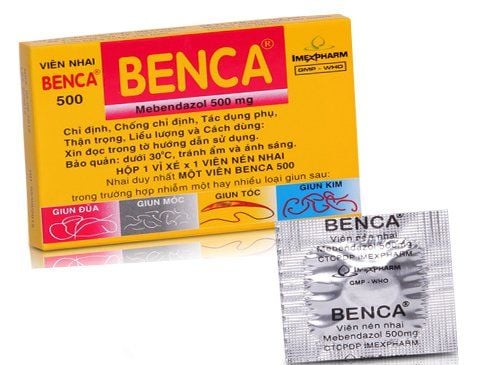This is an automatically translated article.
There are many causes of eosinophilia. Blood tests can measure eosinophil levels. Peripheral eosinophilia can be divided into three categories: primary, secondary, and idiopathic.1. What is eosinophilia?
Eosinophilia is an abnormal increase in the number of eosinophils in the blood, tissues or organs.This condition can also be due to disordered eosinophil formation, or abnormal accumulation or deficiency of a certain type of white blood cell.
An increase in this white blood cell type is often associated with an immunoregulatory response, which occurs in many pathological processes, including inflammatory responses, allergies, cancer, and parasitic infections.
2. Causes of eosinophilia
Eosinophilia is a manifestation of a hematological problem that needs to be investigated and diagnosed. Some of the following causes can increase eosinophils:
Allergies: allergic rhinitis, atopic allergies, bronchial asthma. Due to skin disorders: Pemphigus disease, nodular forms such as Pemphigus, Polyarteritis Nodosa. Due to infection with tropical diseases, especially parasites: Trichinosis, Aspergillus, Hydatidosis, Angiostrongylus, Ascariasis A.lumbricoides, Capillaria spp. Echinococcus, Fascioliasis, Filariasis, Gnathostomiasis, Lungworm (Paragonimiasis), Schistosomiasis (Schistosomiasis), Strongyloidiasis, Toxocara canis , the hairworm Trichuris trichiura.
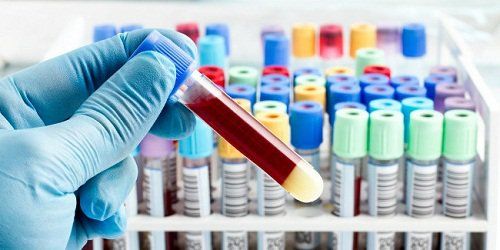
Xét nghiệm máu đo nồng độ bạch cầu ái toan
Due to bacterial infection: scarlet fever (Scarlet Fever), leprosy (Leprosy). Due to vascular or collagen-related diseases: rheumatoid arthritis (RA - Rheumatoid Arthritis), periarteritis (Periarteritis), systemic lupus erythematosus (SLE - Systemic Lupus Erythematosus), myalgia syndrome Eosinophilia-Myalgia Syndrome (EMS). Due to the use of drugs or radiation: Radiation therapy, Aspirin, Chlorpropamide, Erythromycin, Imipramine, Methotrexate, Nitrofurantoin, Procarbazine, Sulfonamides. Due to myeloproliferative disorders and other malignancies: chronic myelogenous leukemia (CML), Hodgkin lymphoma, Non-Hodgkin lymphoma, polycythemia vera, myelofibrosis (Myelofibrosis). Other causes: eosinophilic gastroenteritis (EG - Eosinophilic Gastroenteritis), Sarcoidosis, Addison's disease, Loeffler's syndrome.
3. Classification of eosinophils
3.1 Classification according to cause characteristics
Peripheral eosinophilia can be divided into 3 types: primary, secondary, and idiopathic.
Primary hyperplasia: common in blood malignancies such as chronic myeloproliferative disorders, acute leukemia. Secondary increase: often due to parasitic infections, allergic conditions, autoimmune conditions, poisoning, medications, endocrine disorders. Spontaneous hyperplasia: diagnosed when primary and secondary hyperplasia are excluded.
3.2 Classification of eosinophilia with pathologies
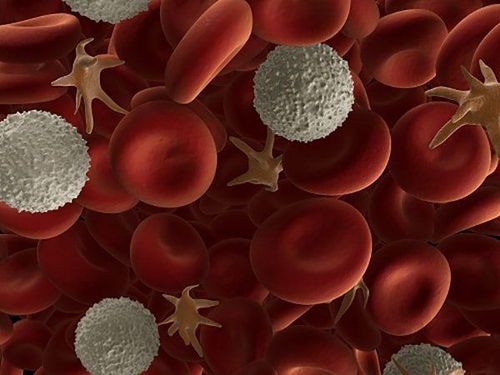
Tăng bạch cầu ái toan
Eosinophilia associated with allergic diseases. Eosinophils with pulmonary infiltrates. HIV infection and immunodeficiency disease. Eosinophilia due to parasitic infections: mainly multicellular parasites. The degree of increase more or less reflects the state of tissue invasion of the parasite. Eosinophilia associated with skin diseases. Eosinophilia with multiple organ damage. Mast cell tumor. Idiopathic eosinophilic syndrome. Acute eosinophilic leukemia. U Lymphoma. Atherosclerotic disease Immunodeficiency.
4. Is eosinophilia dangerous?
The normal number of eosinophils is about 50 - 500 cells/microliter of blood and the ratio is about 2 - 11%. Blood eosinophils is when the eosinophil count is greater than 450 cells/microliter of blood. However, some studies use a threshold of 350 - 500 cells and consider this to be a normal level. Elevated eosinophils but not absolute counts (due to a decrease in other leukocyte lines) may cause diagnostic confusion. The eosinophil count varies throughout the day, usually being high in the early morning and low in the afternoon. The eosinophil count is also higher in the perinatal period and decreases as the child gets older. During pregnancy, eosinophils decrease, but during labor almost disappear from the peripheral blood. Using certain drugs or preparations can affect and change the number of eosinophils in the blood.
Please dial HOTLINE for more information or register for an appointment HERE. Download MyVinmec app to make appointments faster and to manage your bookings easily.




